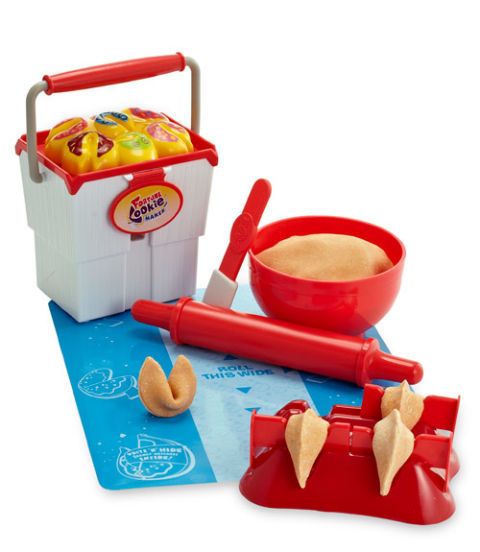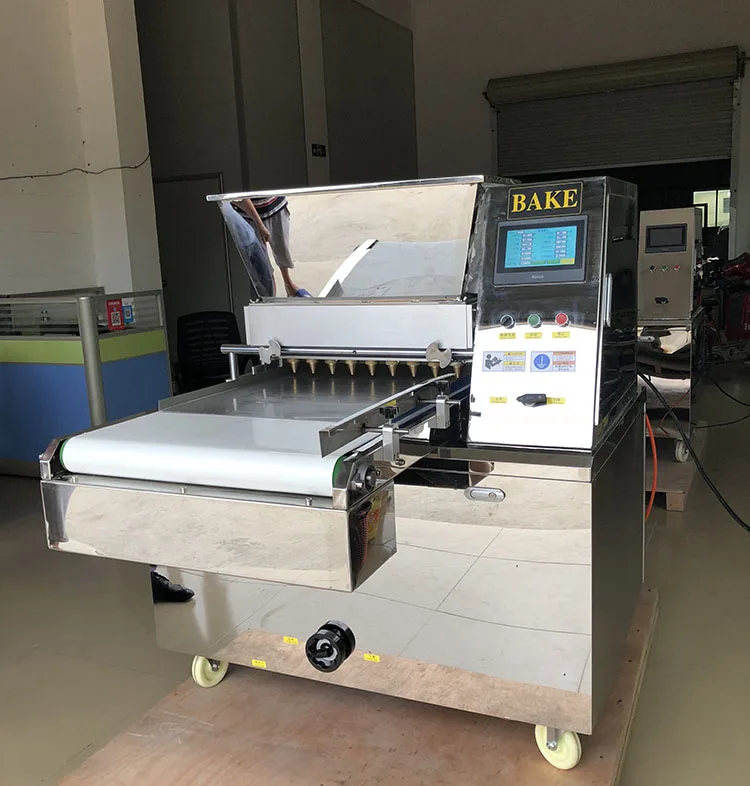


New Skills: Martial Arts, Nectar Making and Photography.New Plants including new species of grapes and Fish (frogs, snails, and crocodiles ).Collectibles: 12 new gems, 8 new metals, 6 new butterflies, 3 new beetles.New Pagoda roof styles and decorations.New gameplay objects: board breaker, cameras, cash registers, dive wells, dried food, eyes of horus, fortune cookie maker, incenses, movable statues, nectar maker, nectar racks, Pangus axe, relics, sarcophagi, shower in a can, snake charming basket, switches, tents, traps, treasure chests.Various new items relating to the 3 destinations: China, France, and Egypt:.New game-play features such as puzzles and traps and choices that may change the appearance of the countries for good.Accept challenges, find relics, discover what’s lurking in tombs and more.Meet new Sims from exotic locations, inherit and share their cultures.Explore famous landmarks in pastiche countries such as China, Egypt, and France, each neighbourhood roughly the same size as Sunset Valley.during the late 19th century likely brought the tradition with them, selling similar treats at the shops they opened, Lee explained. According to Lee, fortune cookies likely derive from tsujiura senbei-crunchy fortune-containing confections that were made in Kyoto, Japan, as far back as the 1800s. Though claimants and historians have differing theories, one fact is agreed upon: the cookies did not come from China.

Another commonly told origin story, which Chan recounted to me, is that fortune cookies as we know them today were first served in the Japanese Tea Garden at Golden Gate Park in San Francisco. Throughout her research, she found that multiple sources, including the Japanese confectionery Fugetsu-Do in Los Angeles’ Little Tokyo and the Hong Kong Noodle Company, claim to have created the famous cookie. is the question Lee seeks to answer in The Fortune Cookie Chronicles. How fortune cookies came to be inextricably linked with Chinese restaurants in the U.S. Americans’ assumption that fortune cookies come from China is a widespread misconception of the food’s origins.


 0 kommentar(er)
0 kommentar(er)
